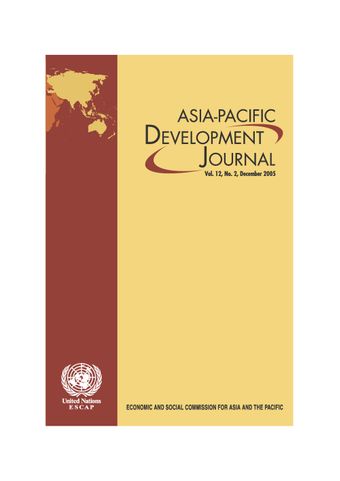-
Financial markets integration in India
- Source: Asia-Pacific Development Journal, Volume 12, Issue 2, Oct 2006, p. 15 - 32
-
- 06 Oct 2006
Abstract
In the present study, we examine the issue of integration of financial markets in India. Given the growing movement of capital flows, particularly short-term capital, into the domestic financial markets, it is necessary to examine this issue so as to reap the positive benefits with having stable markets. For this purpose, the present study examines this issue in the post-1991 period by using monthly data on call money rates, 91 day Treasury Bill rates, Indian Rupee/US dollar exchange rates, and the London Inter Bank Offered Rate (LIBOR). By using a multiple co-integration approach, the study found that there is a strong integration of the domestic call money market with the LIBOR. Though, the study found that there is a long-term co-movement between domestic foreign exchange market and LIBOR, it is not robust. This may be due to frequent intervention by the Central Bank in the foreign exchange market. As the Government securities market in India is still in the developing stage, it was not found to be integrated with the international market. Policy measures (or reforms) are necessary to increase integration of financial markets. This would help in reducing the arbitrage advantage in some specific segment of the financial markets.





